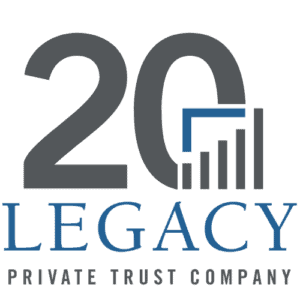A proactive approach to managing your retirement funds is not just crucial—it’s empowering. Don’t just set it and forget it. While letting your 401(k) run on autopilot may be tempting, regular attention to your investment choices, risk levels, and beneficiary designations can make a substantial difference in your financial future.
When you begin participating in a 401(k) or another employer-sponsored retirement plan, the process may seem straightforward: you fill out the necessary forms, determine your contribution amount, and select from the available investment options. From there, contributions are automatically deducted from your paycheck, making it easy to adopt a “set it and forget it” mindset. However, this approach may not serve your best interests in the long run, potentially leading to missed opportunities and increased risk.
Although monitoring every market fluctuation is unnecessary, managing your retirement savings actively is essential. Here’s how you can take control:
Reassess Your Target-Date Funds
Asset allocation is the process of spreading your investments across different asset classes, such as stocks, bonds, and cash, to manage risk and potential returns. Target-date funds are convenient for those who prefer not to choose individual investments. These funds are designed to adjust their asset allocation over time, gradually becoming more conservative as the target retirement date approaches, typically assuming retirement at age 65. However, it’s important to note that the investment strategies of these funds can vary significantly, even among those with the same target date. For example, one fund may allocate 50% to stocks while another may allocate 70% despite having the same target retirement year.
This variability means that the default allocation in a target-date fund may not align with your personal risk tolerance. Regularly reviewing the fund’s overall investment allocation is critical to ensure it remains appropriate for your financial situation.
Reevaluate Your Investment Selections
If you chose specific investments when you first enrolled in your 401(k) but haven’t revisited them since it’s time to take another look. Over time, market conditions and your financial situation may change over time, potentially increasing your exposure to risk if your account is not periodically rebalanced.
Regularly Review Your Investment Options
Your 401(k) plan may offer new investment options that could better align with your financial goals, often with lower fees. By regularly reviewing the available choices, you can ensure that your portfolio remains suited to your needs.
Utilize Automatic Rebalancing
While staying engaged with your retirement plan is important, utilizing the automatic rebalancing feature can help maintain your intended asset allocation without constant monitoring. As market conditions change, your asset mix may drift from its original allocation. For instance, if a strong stock market causes your equity holdings to increase from 50% to 70% of your portfolio, you could be exposed to more risk than intended. Automatic rebalancing periodically adjusts your holdings to your desired allocation, helping manage risk by selling high and buying low. This means that when the market is doing well, the system will automatically sell some of your stocks and buy more bonds, and when the market is down, it will do the opposite, ensuring that your portfolio stays in line with your risk tolerance.
Keep Your Beneficiary Designations Up to Date
One of the most common and costly mistakes in retirement planning is neglecting to update beneficiary designations. This simple oversight can lead to unintended consequences, such as a former spouse receiving your 401(k) assets instead of your current family members. Because your beneficiary designation—not your will—determines who will receive your retirement funds, it’s essential to review and update this information after significant life events such as marriage, divorce, or childbirth. Other significant life events that should prompt a review include the death of a beneficiary, a change in your relationship with a beneficiary, or a change in your financial situation.
Secure Your Retirement with Confidence
Regularly reviewing and managing your 401(k) is critical in securing your financial future. By staying proactive and ensuring that your retirement plan aligns with your evolving goals and risk tolerance, you can maximize the benefits of your hard-earned savings. At Legacy Private Trust, we are committed to guiding you through these important decisions, offering personalized advice to help you achieve a confident and secure retirement. Contact us today to learn how we can support your journey toward financial peace of mind.
If you are a Legacy client and have questions, please do not hesitate to contact your Legacy advisor. If you are not a Legacy client and are interested in learning more about our approach to personalized wealth management, please contact us at 920.967.5020 or connect@lptrust.com.
This newsletter is provided for informational purposes only.
It is not intended as legal, accounting, or financial planning advice.




